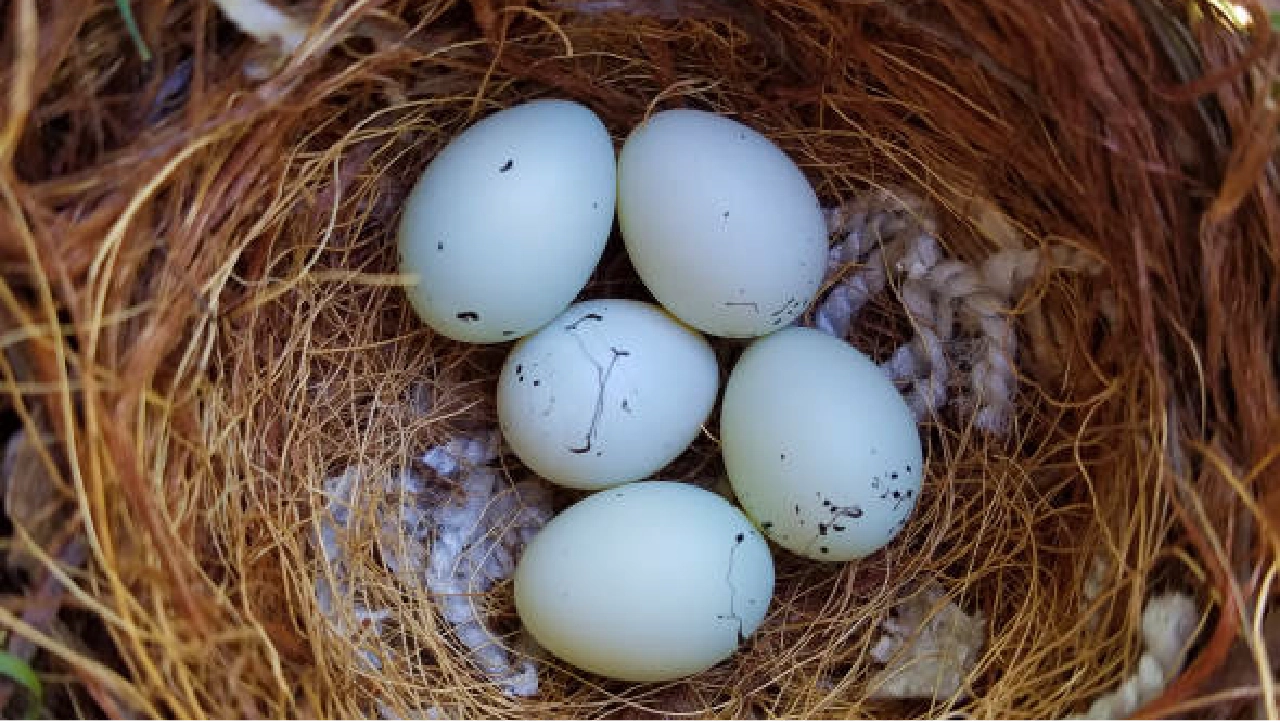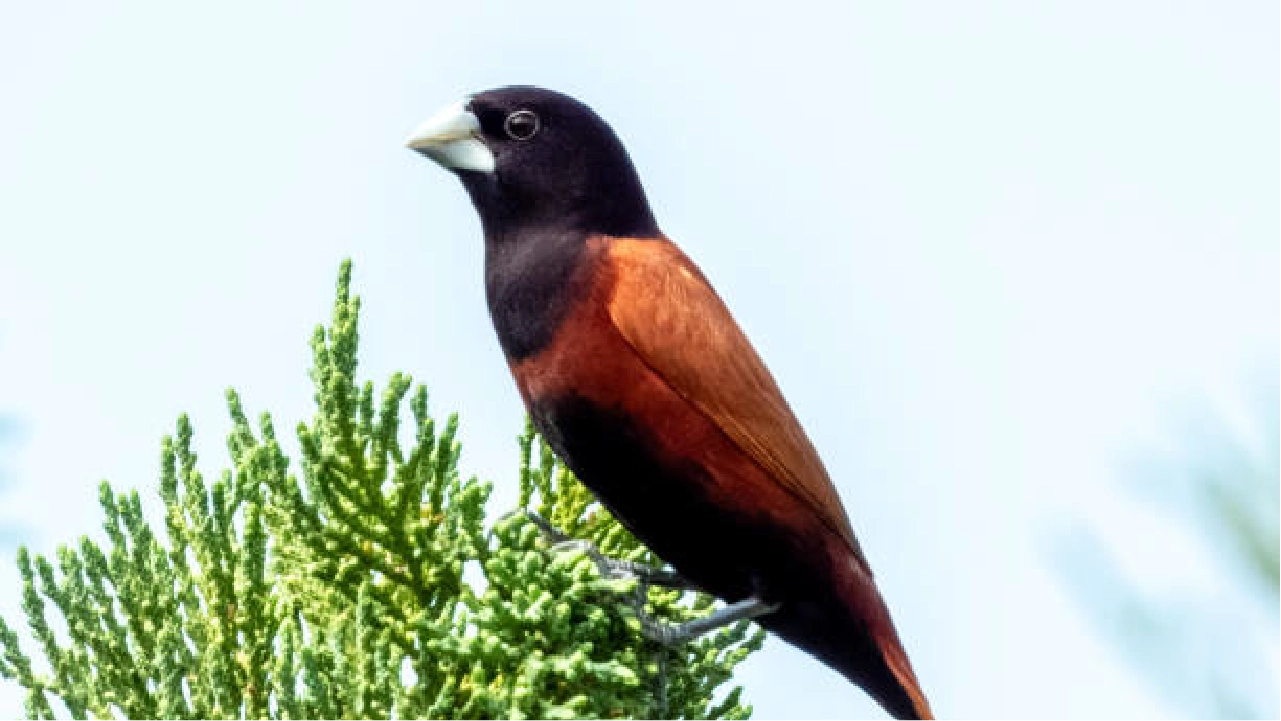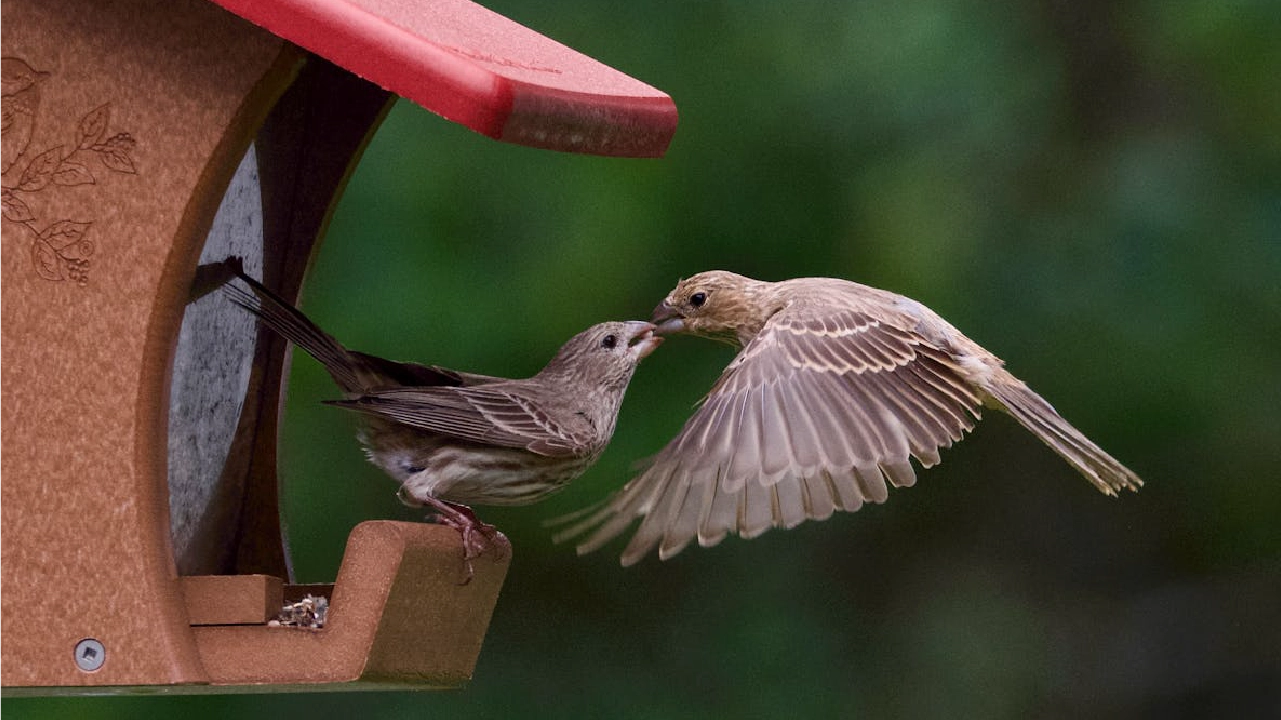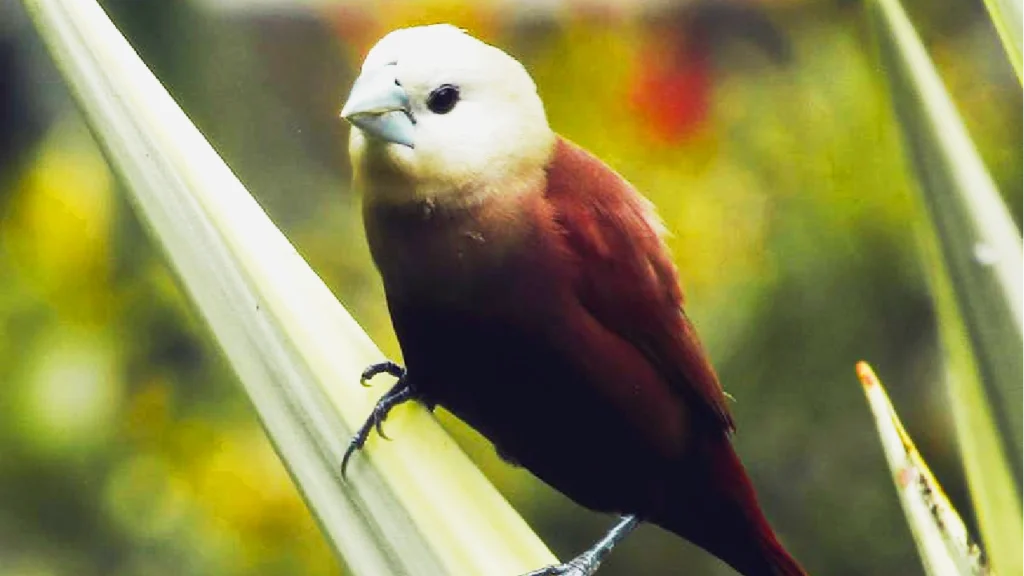When people think of pet birds, lovebirds, parrots, and budgies usually come to mind. However, we often overlook other species that deserve just as much care and attention—one great example is finches. These small, social birds, ranging from 3 to 6 inches, are relatively easy to care for but have specific needs to thrive in a home environment. This guide will help you properly care for your pet finches, keep them happy, and support them if they start to mate.
To see finches in their natural habitat, visit Finch Haven at Bishan Park in Singapore, home to hundreds of finch species. Some of the most common in Singapore include the Scaly-breasted Munia, Javan Munia, White-headed Munia, White-rumped Munia, and Chestnut Munia.
I got my first finches when I was 12, and they quickly became my responsibility (though my parents helped, of course). I learned so much from caring for them over the next seven years, and I want to share those lessons with fellow finch lovers. These little birds filled my mornings with the music of their chirping, and I hope your experience with finches is as wonderful as mine was.
General Care
Like all birds, finches need their water dishes and food containers cleaned daily to prevent bacteria growth. Lining the base of the cage with paper helps collect droppings and makes cleaning easier.
Finches also love to bathe, so providing a shallow dish of fresh water will not only make them happy but also help keep their feathers in good condition. Watching them splash around, with their tiny frames darting through the water, can be a delightful sight.
Keep an eye out for signs of illness, such as ruffled feathers, lack of energy, or changes in eating habits. If anything seems unusual, consult a veterinarian who specializes in birds. Regular checkups are important, especially if you notice any changes in their behavior or appearance.

Food and Eating Habits
A high-quality finch seed mix, like Hagen or Witte Molen, should be their staple diet. Fresh greens, such as spinach, kale, and broccoli, can be offered in small portions occasionally. During breeding season, egg food or hard-boiled eggs provide extra protein, which is especially important.
For female finches, it’s crucial to provide a cuttlebone or mineral block for calcium, especially during breeding. This helps prevent egg binding, a serious condition where the female struggles to lay eggs.
Fun fact: Finches can enjoy occasional treats like small pieces of apples, bananas, or berries, but avoid citrus fruits, as they are harmful to them.

Creating a Home Within Your Home
Finches need horizontal cages, at least 30 inches wide, to fly back and forth. The more finches you have, the larger the cage should be to give them space to move around.
To enrich their environment, include multiple perches of varying widths and textures. This helps keep their feet healthy. Avoid rough surfaces like sandpaper perches, as they can cause injury.
If you prefer not to use traditional cages, birdhouses made from smooth materials can provide an alternative. Place them in a safe area of your home where the birds can fly freely without risking escape.
Cages should have bar spacing no wider than half an inch to prevent injury or escape. You can provide nesting materials like recycled paper, aspen shavings, or coconut husks for them to build nests. Avoid using cedar or pine shavings, which can be harmful.
Keep the cage in a well-lit area but away from direct sunlight, drafts, and kitchen fumes. While finches enjoy social interaction, they also need quiet time to rest.
Keeping Finches Happy
Finches are social creatures, and it’s best to keep them in pairs or small groups. Their chirping and calls create a lovely symphony that adds life to your home.
Provide safe toys like swings, ladders, and mirrors to keep them entertained. Rotate these toys to prevent boredom, but avoid any with small parts or strings that could pose choking hazards.
Finches need plenty of room to fly, so you can allow supervised out-of-cage time in a safe room. They also benefit from exposure to natural sunlight, or you can use full-spectrum lighting to mimic outdoor conditions.
Soft background music or nature sounds can help keep them engaged, and many finches enjoy hearing chirps from other birds.

Finch Mating and Breeding
If you’re interested in breeding finches, it’s important to house bonded male and female pairs in a peaceful environment. Provide a small nesting box with soft materials like shredded paper, aspen shavings, or coconut fiber to encourage nest-building.
Once the female starts laying eggs, ensure she has access to plenty of calcium to prevent egg binding. Finches typically incubate their eggs for 12-14 days, and it’s important to avoid disturbing them during this time, as stress can interfere with incubation.
The parent birds will feed their hatchlings regurgitated food, so make sure their diet is nutrient-rich to support the babies’ growth. Watching a finch family grow can be a rewarding experience and a heartwarming addition to your home.

Fun Facts About Finches
- There are over 200 species of finches worldwide, coming in a variety of colors, patterns, and sizes.
- Finches learn to chirp and communicate from their parents, much like humans learning to speak.
- With proper care, finches can live for 5 to 10 years in a home environment.
- Darwin’s finches, a group of species from the Galápagos Islands, helped Charles Darwin develop his theory of evolution by natural selection.
If you’re considering keeping finches as pets, I hope this guide gives you the tools to ensure they lead happy, vibrant lives. With the right care, diet, and environment, your finches will thrive and bring joy to your home, becoming beloved members of your family.


